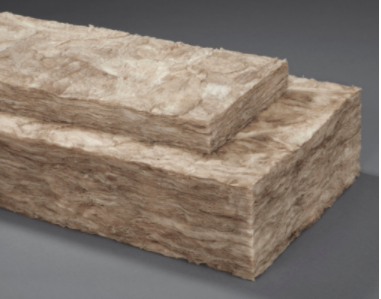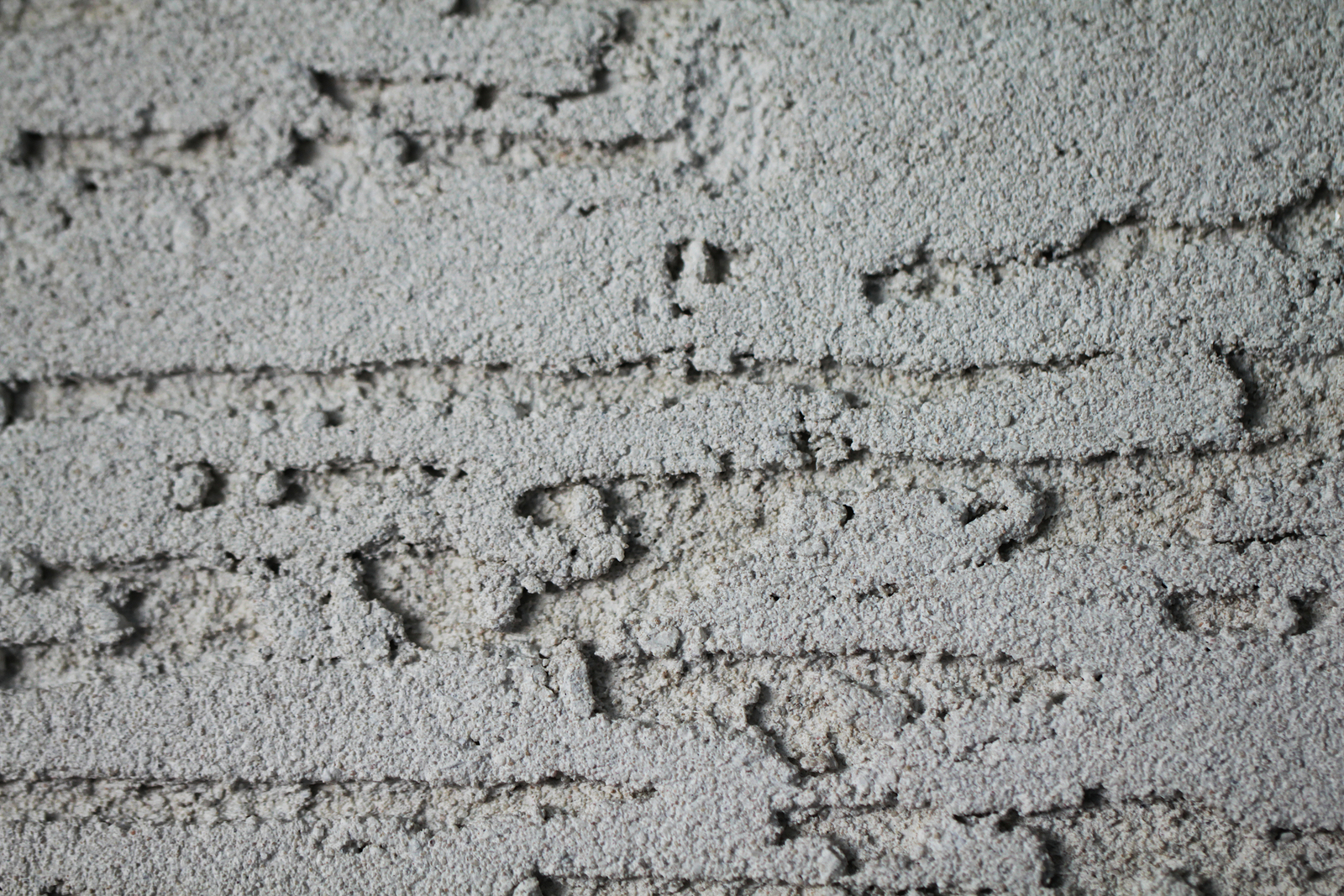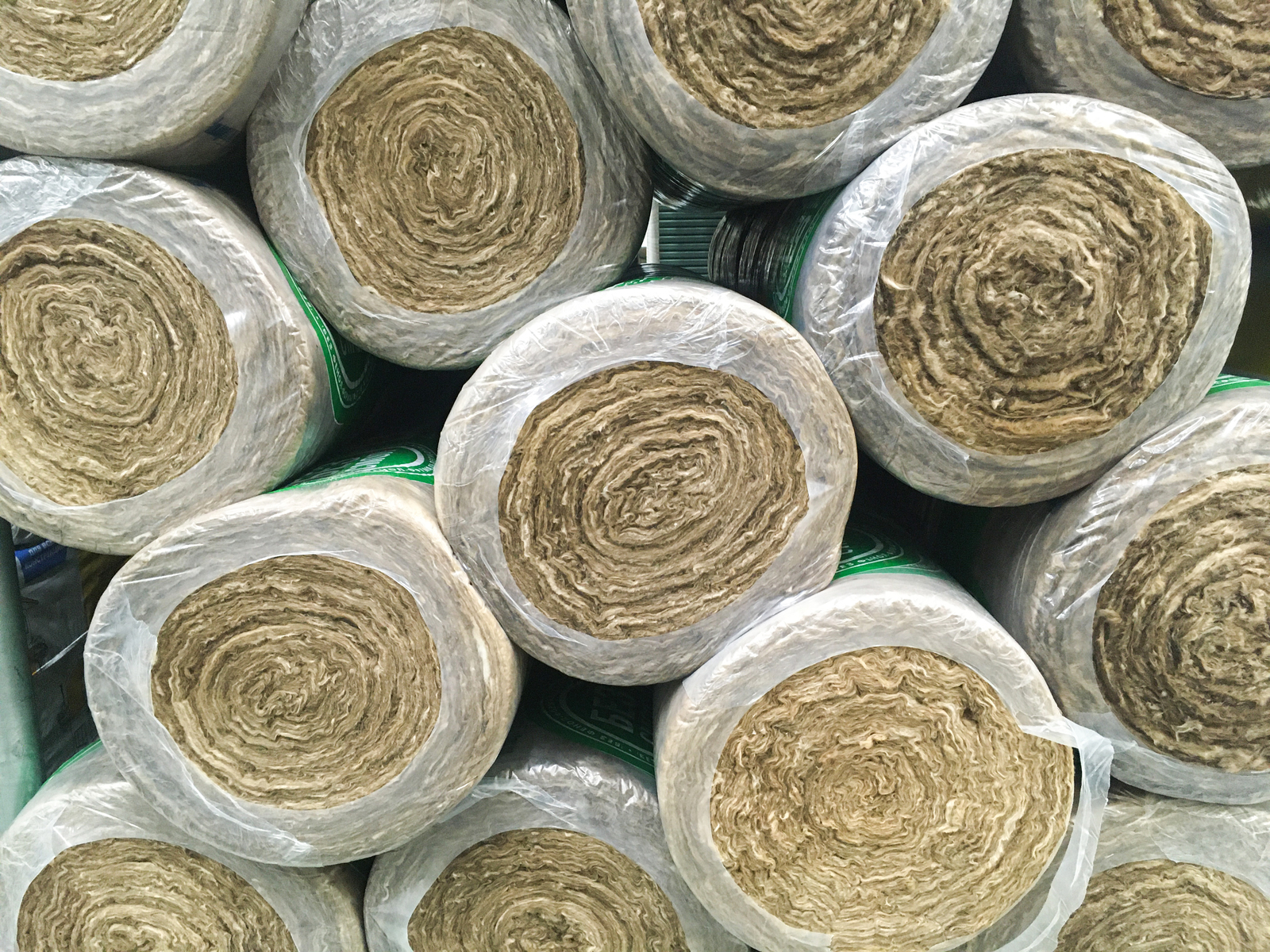People have a lot of questions or concerns whenever they hear that owning a tiny house is one of the best living alternative in today’s society. Some feel doubtful about living in a limited space and how it would be powered up without electricity. Most people also ask the question: are tiny homes well insulated?
The answer is DEFINITELY YES! It is easy to insulate tiny homes but for added costs. Insulations are needed especially when the weather is extremely cold or hot. This way, you can control the temperature of your home and live comfortably despite the limited amount of space.
What Is Tiny Home Insulation?
Insulation is a construction material that reduces or gains heat for every living space by installing a barrier between the interior and the exterior of your tiny home.
This is quite important if you’re living in an area that experiences different climates every year. There are three types of home insulation: fiberglass, cellulose and foam.

Fiberglass Insulation
Fiberglass insulations are usually made of plastic armor-plated by tiny glass-fibers. This makes it the sturdier choice if you wish to improve insulation capacity.
According to RetroFoam Michigan, this type of home insulation can be rolled or batted. It covers unfinished walls, ceilings, and floors of a tiny home and is fitted between beams, joists, and studs.
They must be cut so it fits the area where you wish to install. You would then need to push them to fill the cavity to its full expansion. You can do this by pulling them forward.
Cellulose Insulation
Cellulose insulations are usually made of recycled paper fiber. Most tiny homes that are eco-friendly use this option since it recycles newsprints. A small portion of its composition is ammonium sulfate or boric acid which are fire retardant.
This type of insulation may be blown in or loose-filled. It is the best option when you have enclosed yet existing walls and you wish to open new wall cavities. It is applied to unfinished attic floors.
You would need a high-power blower to install this properly since it needs to dry out before it functions. This is not highly recommended among tiny homes since the installation process is quite difficult.


Foam Insulation
There are two different types of foam insulation – Spray foam and Injection foam. Spray foams are also known to have two insulation forms: open-cell spray foam and closed-cell spray foam.


The makeup of spray foams is water-blown and organic chemical compounds taken from petroleum extracts.
Spray foams may be sprayed onto an open cavity, such as, crawl spaces, attics, and rim joists; where it expands up to 100 times its original state within seconds.
They would then be left exposed and covered by drywall. This is usually used on shipping container tiny homes.
Open-cell spray foam is lighter and dries. Once it does, the gas inside the cells would exit the openings and shifts the temperature of the room.
The closed-cell spray foam, on the other hand, is heavier than its counterpart. It manifests a dense surface and is more resistant to temperature changes.
Injection foam, on the other hand, fills the existing cavity of your tiny home. It is best used on readily available structures especially if you are opting for shipping container homes or tiny houses on wheels.
They are usually made of tri-polymer blend dry powder resin. The latter is mixed with a foaming agent and water – the actual material used to insulate tiny homes.
It usually looks like standard shaving cream and fills the crannies and nooks on its way to pipes and wires of existing walls.
Injection foams are injected into the exterior of your tiny home frame from the outside. Some remove drill holes between studs to make way for injection foams.
The holes would them be plugged before reattaching them on.

Other Types Of Insulation …
Other providers use Extruded Polystyrene (EPS) as the insulation material for tiny houses on wheels. It is a foam that has consistent skin, about three inches thick. They are applied before sub-flooring is incorporated.
Structural Insulated Panel (SIP) is also a good choice. It is an insulation material applied to walls and roofs which is an alternative to stick construction. You need to measure the panels that come with foam insulation enveloped by an Oriented Strand Board (OSB).

Sheep Wool is an eco-friendly alternative insulation for tiny homes. It is basically made from crushed volcanic diabase rock mixed with slags and coke and melted in the heater. It looks like wool and prevents rot or pest problems.
Denim or recycled material from textile fibers may also be utilized as insulation for a tiny home. It would then be turned into batts, does not contain toxic chemicals and is eco-friendly.
The con is that it may be heavier than fiberglass batts, harder to cut and may not fit some cavities. It also takes a longer time to dry it out.
Things To Consider For Tiny Home Insulation
The things to consider would be to have a home inspector first check the insulations you would use on your tiny home. They ensure that the material options comply with the district code. It is also important to lodge a particular budget for insulations so the ones you use meet your needs.
One thing to consider is the R-value of the type of insulation you choose. R-Value is the capacity of an insulating material to resist the temperature of the interiors of your tiny home. The higher the R-value, the greater the insulating power.
Insulations may lose their R-value over time, they would expand and contract, they may cause sags inside the wall cavity, and their effectiveness is subject to thermal bridging depending on the frame of the tiny house.
Heat flows inside your tiny home through radiation and convection. You lose the heat through convection as you lose about 40 percent of your tiny home’s energy. Therefore, you must opt for those that have higher R-value to sustain a tiny home.
You would know the type of insulation material through a free estimate. You can hire a professional to do this. Sometimes, the tiny home provider would do all the preparations for an added fee.

The Bottom Line
Contrary to popular belief, the only difference between living in a standard home and a tiny house is the space. Tiny homes, with proper installations, are well insulated and even costs significantly lower to build. It covers all your necessities and keeps you warm during cold nights or cool during the hot summer days!



